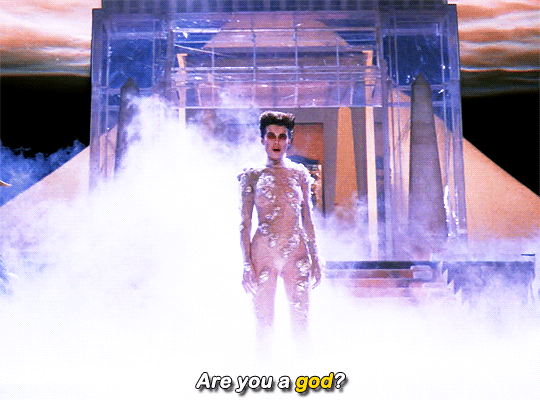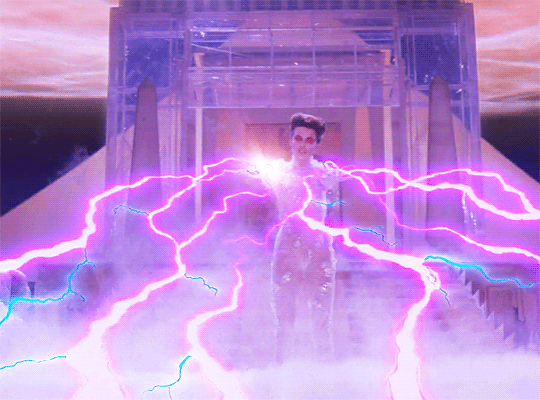Don't wanna be here? Send us removal request.
Photo
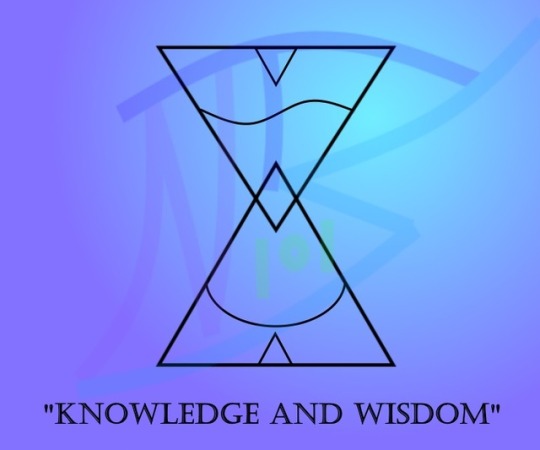
“Knowledge And Wisdom”
Keep this sigil with you to spark hidden wisdom and knowledge within you.
2K notes
·
View notes
Photo
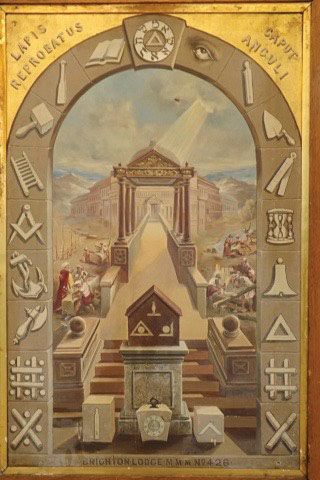
“The great university will be divided into grades, admission to which will be through preliminary tests or initiations. Here mankind will be instructed in the most sacred, the most secret, and the most enduring of all Mysteries–Symbolism. Here the initiate will be taught that every visible object, every abstract thought, every emotional reaction is but the symbol of an eternal principle. Here mankind will learn that CHiram (Truth) lies buried in every atom of Kosmos; that every form is a symbol and every symbol the tomb of an eternal verity. Through education–spiritual, mental, moral, and physical–man will learn to release living truths from their lifeless coverings. The perfect government of the earth must be patterned eventually after that divine government by which the universe is ordered. In that day when perfect order is reestablished, with peace universal and good triumphant, men will no longer seek for happiness, for they shall find it welling up within themselves. Dead hopes, dead aspirations, dead virtues shall rise from their graves, and the Spirit of Beauty and Goodness repeatedly slain by ignorant men shall again be the Master of Work. Then shall sages sit upon the seats of the mighty and the gods walk with men.” ~Manly P. Hall
506 notes
·
View notes
Text
Nerites

🐚 Who is Nerites?
Nerites is a minor God of the sea belonging to the Greek pantheon and the Hellenistic tradition. He is a god connected to calm, protection, the sea, the ocean and the abyss. Nerites is the only son of Doris (an oceanid who protects marine creatures and their habitats) and Nereus (the old man of the sea). He has fifty or sixty sisters, the Nereids nymphs, including Amphitrite (queen of the marine kingdom and wife of Poseidon), Thetis (mother of the hero Achilles and wife of Peleus) and Galatea (loved by Acis and Polyphemus).
🐚 The love of Aphrodite
Nerites often spent time with his father and sisters helping sailors and sea creatures. Meanwhile, the Goddess of love Aphrodite inhabited the ocean and fell in love with Nerites. Nerites is described as handsome young man, handsome between Gods and mortals (it is said that beauty was common in the family of Doris and Nereus). The young man immediately returned the love of the Goddess, but they never had a child. The fate of the Goddess came closer and with this also her ascent to Mount Olympus. Aphrodite asked Nerites to join the other Gods with her, promising him love and a pair of wings. But Nerites refused, wanting to stay in the sea with his father and sisters, since that was his place. The choice sparked the wrath of the Goddess, who transformed Nerites into a shell and left, giving Eros the wings as a gift. Nerites was found by his sister Nerea, who took him to Poseidon asking him to make him return to normal, and Poseidon satisfied her.
🐚 The love of Poseidon and the birth of Anteros
A variant of the myth tells that Nerites' beauty didn't attract the love of Aphrodite, but the love of Poseidon: god and king of the sea. Again, Nerites returned Poseidon's feelings. According to some myths, their feelings were so pure and strong that the energy gave birth to a complete new deity: Anteros, god of reciprocated love. For the love of Poseidon, Nerites received from him a chariot pulled by seahorses as a gift, that gave him the ability to cross the ocean in the blink of an eye. The speed of Nerites' chariot sparked the jealousy of the God Helios, god of the Sun, who transformed him into a shell. And as in the previous variant, Poseidon transformed him back into a boy.
🐚 Offerings for Nerites
Colors: white, blue, light blue, green and purple.
Food and drinks: coconut, pineapple, papaya, mango, passion fruit, fish (ask him first), watermelons, avocados, lemons, sweets, sea water, moon and sun water, storm water, coconut milk, milk, lemonade, fruit.
+ 21 / + 18 offerings: liqueur, red wine, white wine.
Offerings related to the sea: sea glass, shells, Nerites' snail, sea or ocean water, pebbles, sand.
Cystals: lapis lazuli, aquamarine, larimar, rose quartz, hyaline quartz, coral, pearls, ocean jasper, chrysocolla, amazonite.
Herbs: blue flowers, vanilla, white roses, rosemary and all the herbs associated with water.
Oils and incense: ocean, lemon, coconut, vanilla, salt, lavender, chamomile.
🐚🌊🧜🏼♂️🐬
284 notes
·
View notes
Photo
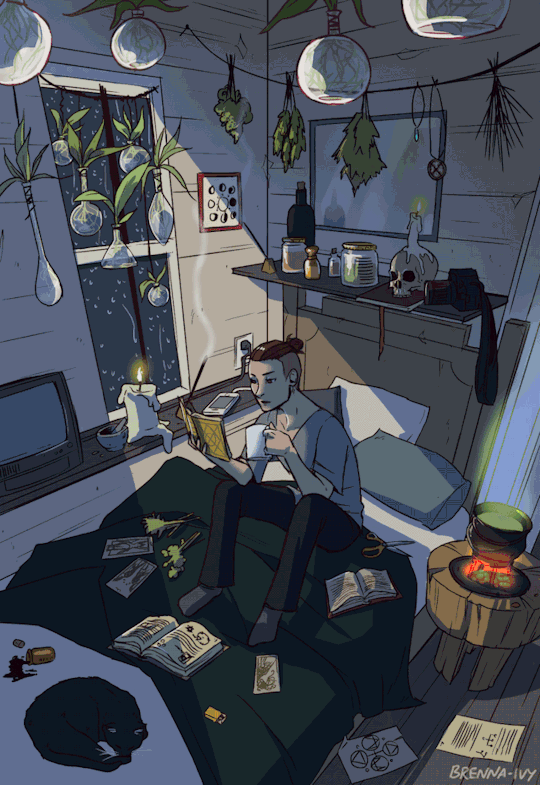

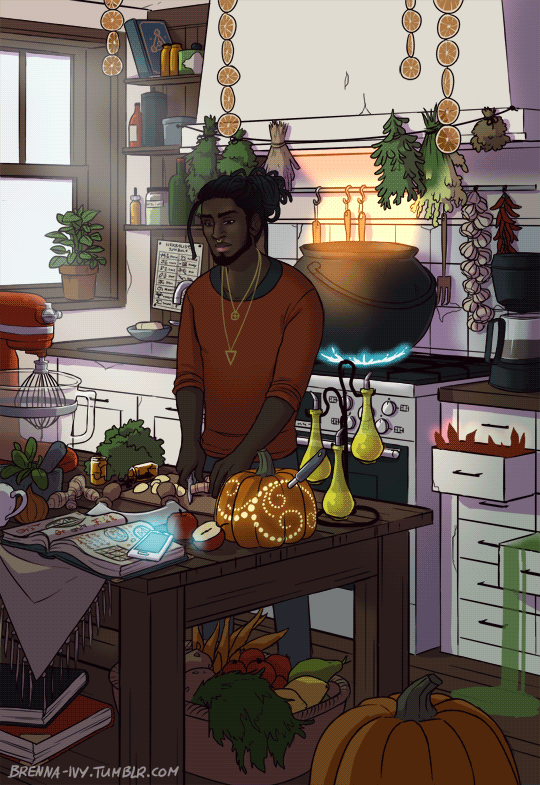



Modern Male Witch Project: Masterpost
A personal project that has become very important to me: male witches in their private dens, with their belongings surrounding them that show what kind of person they are and what kind of magic they practice. I try to make every single piece emit peace and comfort, but with a magical twist!
Separate pieces
Bedroom witch | Bathroom witch | Kitchen witch | Home Office witch | Attic witch | Greenhouse witch
Buy prints on Redbubble and Society6 and TeePublic
Buy me a Coffee!
77K notes
·
View notes
Text
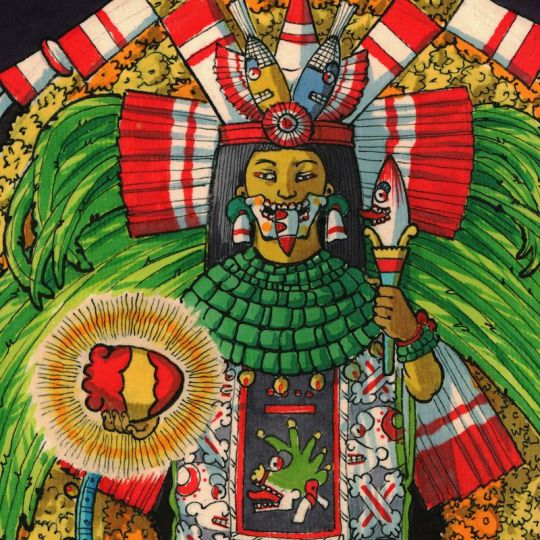
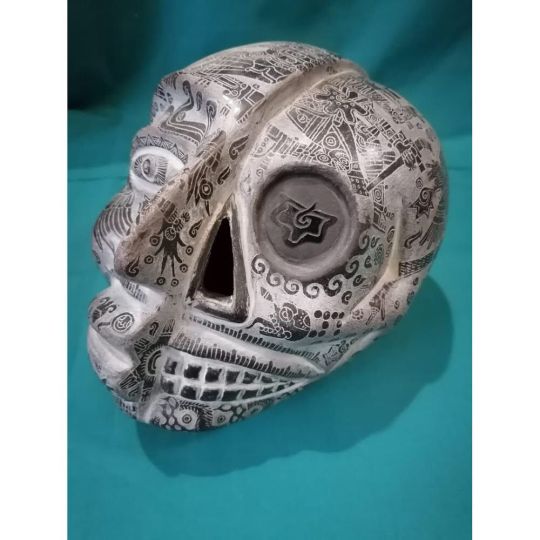
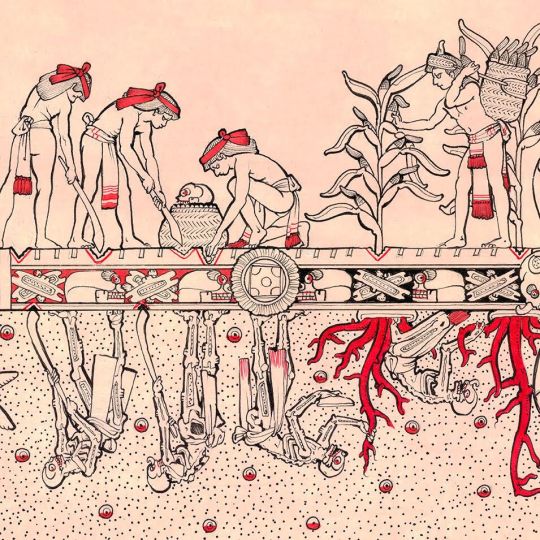
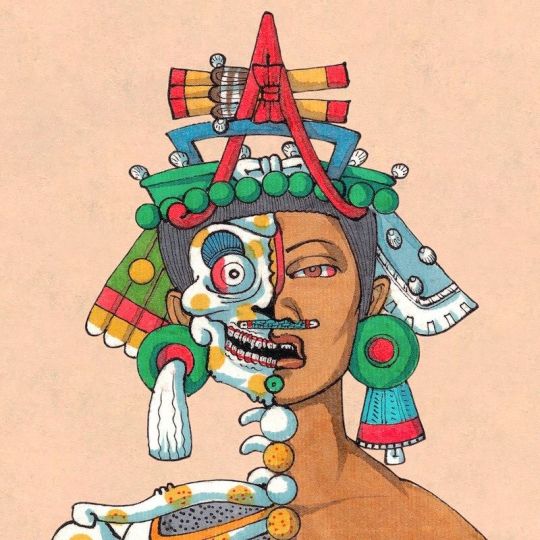

Mesoamerican thought is ruled by the principle of complementary opposites, pairs of contrary elements that form a duality. There is the cold side, which is also humid, nocturnal, feminine, and the warm side, which is also dry, diurnal and masculine. This duality principle incarnates in life and death, which are not seen as two separate things, but rather as two moments of the same great process. Death is not the end but the continuation of life, and the spirits of the dead continue living for four years in Mictlan, the Underworld, where their heart "souls" are purified and prepared to return to the Earth. In the Region of the Fleshless, the dead tender the fields, helping to grow the roots of the crops and nourishing our world with their bodies. They are part of our reality and the neverending cycle of life and death.
You can find duality whistles or Namictilizchichtin in my Etsy store! Click here!
495 notes
·
View notes
Text
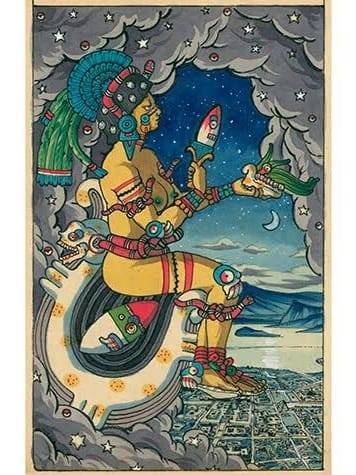

Coyolxauhqui, Bells Ringing on her Cheeks, is Our Lady the Moon. Here She appears enthroned on the moon, which is a bone vessel filled with water, within which is a flint-stone blade. The water is life and the knife, death, for the moon is born anew and dies every month, and symbolizes death and rebirth. Her body is painted yellow, the color of women, and her arms, legs, and waist are encircled with coral snakes, symbols of sex, for she is a Teotl of sexuality. Her joints are painted with monsters, for she is also symbolic of chaos and night. She is a warrior, and therefore wears balls of eagle-down in her hair, symbolic of warriors, and carries in one hand a flint-stone knife, her weapon, and in the other Malinalli, or twisted, woven grass, which is the principle from which life springs. In accordance with her name, bells are painted on her cheeks. She floats in a dark and stary night, and hovers over the ancient city of Tenochtitlan, the capital of the Mexica empire. She is the embodiment of the female energy which rules the cosmos; of birth and life, regeneration and rebirth, of fertility and death.
You can find Coyolxauhqui as a print in my Etsy store, Click here
146 notes
·
View notes
Text
*telepathically sends u a kiss goodnight so u dream about me*
58K notes
·
View notes
Text
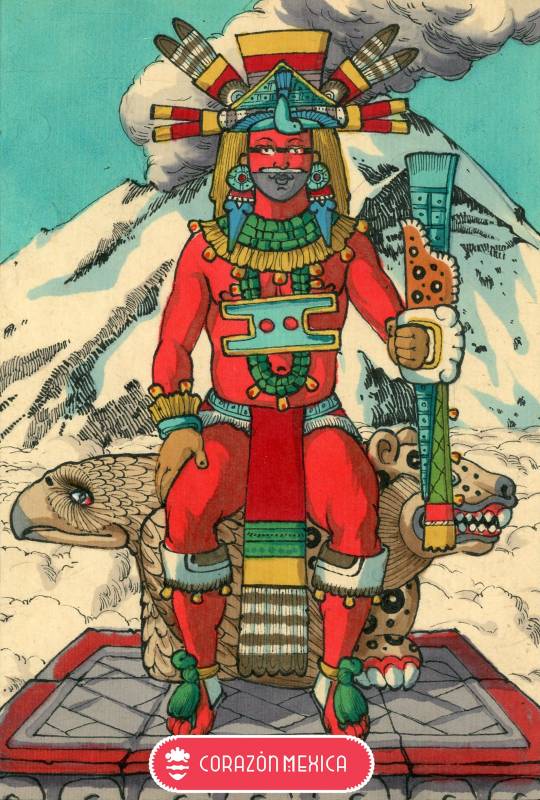


Xiuhtecuhtli is the lord of fire, time, and wisdom. He is the unmoving point at the center of the cosmos, about whom all being spins.
His body is painted red, a color of blood, sacrifice, and fire. His mouth is painted black, and a black stripe crosses His eyes, for He sees us and speaks to us from the dark center of all being.
In my painting, He sits on a throne which has the head of a jaguar and an eagle. This is the duality, for He rules in balance and wholeness from the center.
Behind Him is the great smoking volcano which rises over Mexico City, Popocatepetl, for His home is at its heart, in lava and flame
He is the fire at the center of existence, the heat which warms our veins and gives us life. He is wisdom and the light which burns away the darkness of ignorance. He is the father of the Teteo, and the father of humanity. He guides those who seek him on the Middle Path, towards wisdom, growth, and learning.
The upper image is a painting I made of Him, while the two lower images show Him as He appears in two different ancient codices.
The upper painting is available as a print in my Etsy shop. Click here for the link.
107 notes
·
View notes
Text
🐉Types Of Dragons🐉

🐉 Like dogs and cats, not every dragon is exactly the same. Different types of dragons are determined by the number of limbs they have or the other creatures they resemble.
1. Amphitere
🐉 These dragons are a hybrid, part snake and part bird. They have the body of a serpent from their head to their tail, and their wings (similar to bat wings) sprout from their neck. Depending on the depiction, they might have forelimbs, but they never have any hind limbs.
2. Drake
🐉 In Middle English, Drake actually means dragon. This type has four limbs. They have low slung bodies with their bellies skimming the ground. They look similar to lizards, but are much larger.
3. Hydra
🐉 These dragons are water serpents with multiple heads. Every time one is chopped off, another will grow back in its place. Sometimes, these dragons also have additional tails, wings, or arms.
4. Eastern
🐉 These dragons possess great wisdom. They contain the body of a snake, belly of a frog, scales of a carp, head of a camel, horns of a giant stag, the eyes of a hare, ears like a bull, a neck like an iguana, paws like a tigers, and claws like an eagle.
5. Wyvern
🐉 These dragons are highly aggressive. They possess the head of a dragon (which is wedge-shaped like a crocodile), the wings of a bat, and a long serpent’s tail. They can either have lizard legs or bird legs.
6. Anthropomorphic
🐉 These dragons have human traits. They are tripedal with shortened forearms, which means they are unable to walk on all fours like other dragons. In some depictions, they will also have humanlike digits with fingernails and toes. Not only do they possess physical human qualities, but they also take on human behaviors as well.
7. Dragon Beasts
🐉 These creatures are hybrids of avian species and serpents. They will either have the head of a dragon, the tail of a dragon, or the ability to transform into a dragon. They can also contain the traits of other animals, so they might have cobra fangs or crocodile heads.
8. Western
🐉 These dragons are the servants of sorcerers. They have crocodile scales covering their body and a barbed tail. Their heads can contain either horns, antlers, or a crest. They can also spit fire and other deadly fumes.
9. Lindworm
🐉 These dragons have the head of a horse with a mane covering their neck. Their heads are oversized with bright eyes that burn like coals and their mouth is wide enough to swallow any human man or woman whole.
10. Wurm
🐉 These dragons are serpents with coils that can wrap around hills. They can exhale noxious fumes and move at a quick speed. You can spot them by their horns, large fangs, and bright, wide eyes.

11. African Dragon
🐉 Some people do not actually consider these creatures to be dragons because of their shape. They look more like serpents because they do not have any legs or arms. They resemble giant snakes.
12. Oriental
🐉 Oriental dragons are not dangerous. They are guardians. They protect the heavens and guard the people. They have four legs with four toes on each foot and a serpentine body without any wings attached.
13. Dragonnet
🐉 These dragons look exactly the same as Western dragons — except they are much smaller in size. They range from the size of a finger to the size of a human. Despite their size, they are dangerous because they hunt in packs and have poisonous blood that is lethal when it touches your skin.
14. Cockatrice
🐉 These dragons are either red or green with a yellow underbelly. They have scales covering their body and leather wings. They have poisonous breath, a beak that can kill, and eat anything they see moving.
The Most Famous Dragons
It doesn’t matter if you’re reading stories from Japan, China, Persia, or Europe — because there are dragons in each one. Mythology is filled with stories of winged creatures, both good and evil. Here are some of the most notable ones:
1. Yamata no Orochi
This dragon comes from Japanese mythology. It is an evil dragon with eight heads and eight tails. Every year, he devours a maiden as a sacrifice.
2. Fafnir
Fafnir comes from Norse mythology. He used to be a greedy dwarf, but a curse transformed him into a dragon.
3. Fucanglong
This dragon comes from Chinese mythology. It is an underworld dragon who guards buried treasures, specifically a magical pearl that multiplies when touched.
4. Zmey Gorynych
Zmey Gorynych comes from Slavic mythology. It has three heads and seven tails. It was famously attacked by the warrior Dobrynya Nikitich, but it took three full days of fighting before it was slain.
5. Jawzahr
Jawzahr comes from Persian mythology. It spends all of its time in the sky, chasing around the sun and the moon. Whenever a solar eclipse occurs, it is said that Jawzahr has finally caught up to the sun and moon and swallowed them.
6. Ladon
Ladon comes from Greek mythology. It had 100 heads and wrapped itself around a tree to guard golden apples. He was famously defeated by Hercules after he dipped an arrow into the gall of hydra and stuck the poison into Landon’s flesh.
7. Krak’s Dragon
This dragon comes from Polish folklore. It gets its name from a peasant boy named Krak who defeated it. Krak left a meal of three roasted sheep full of sulfur and hot spices beside the dragon’s cave. When it ate the meal, its gut exploded, killing it.
8. Ayida-Weddo
This dragon is the rainbow serpent who holds up the heavens. Whenever a rainbow is seen in the sky, it is the twin personalities of Ayida-Weddo with the red part of the rainbow identifying as male and the blue part as female. It is also said that Ayida-Weddo’s droppings help nourish the land and the mountains.
9. Kukulkan
Kulkulkan is a feathered serpent from Mesoamerica. It is considered the protector of craftsmen, the rain-maker, the wind-blower, and the fire-bringer. However, this peace-loving dragon was not a fan of bloodthirsty sacrifices.
10. Kur
Kur comes from Sumerian folklore. It lives in the void above the earth’s layer and below the sea. Because of its home underground and its wicked ways, it is commonly associated with the underworld.
2K notes
·
View notes
Text

0 notes
Text

Jupiter & Saturno 🪐
1 note
·
View note
Photo
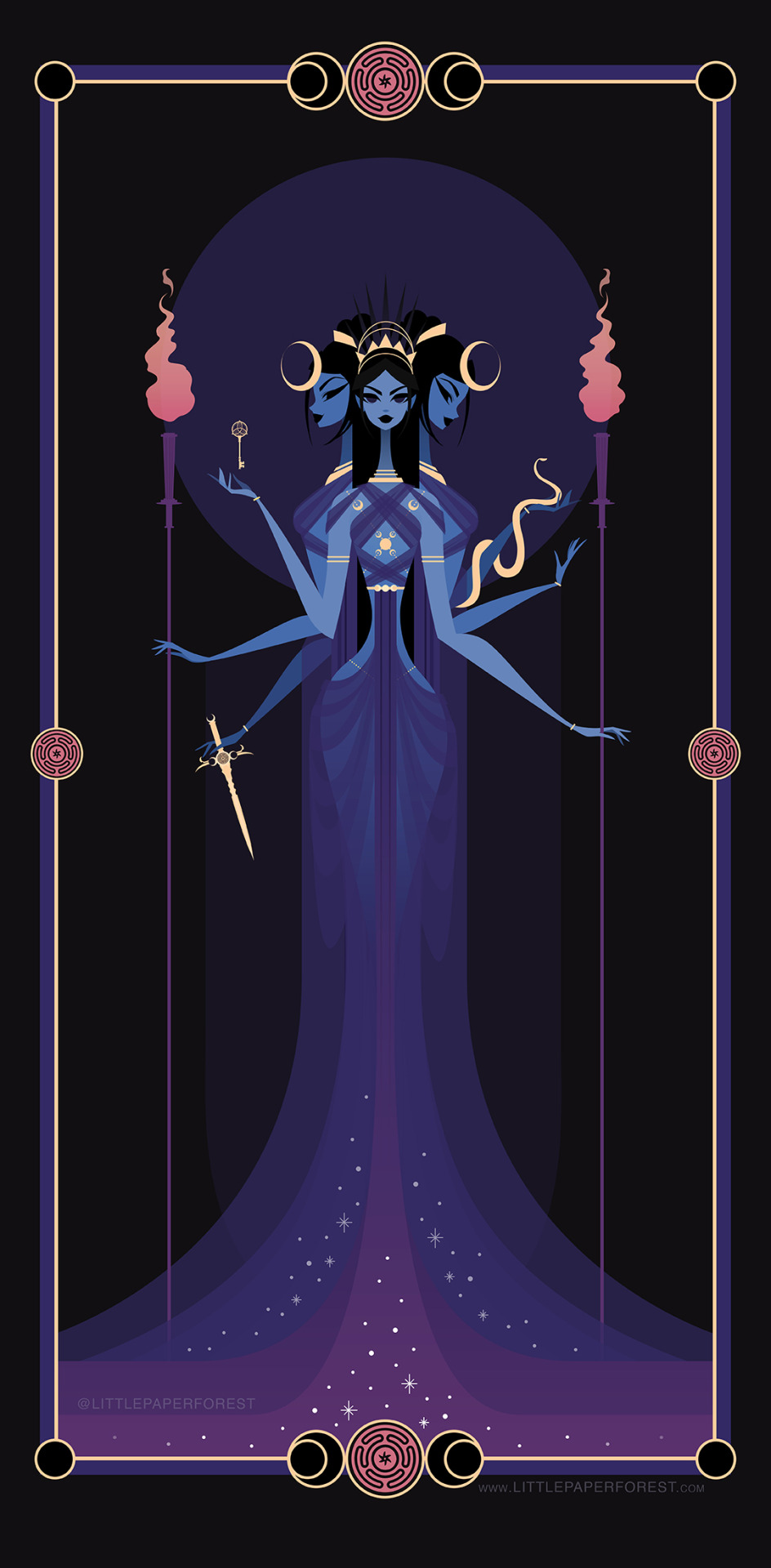
Hecate~ the Goddess of Magic & Witchcraft. ♡
35K notes
·
View notes





